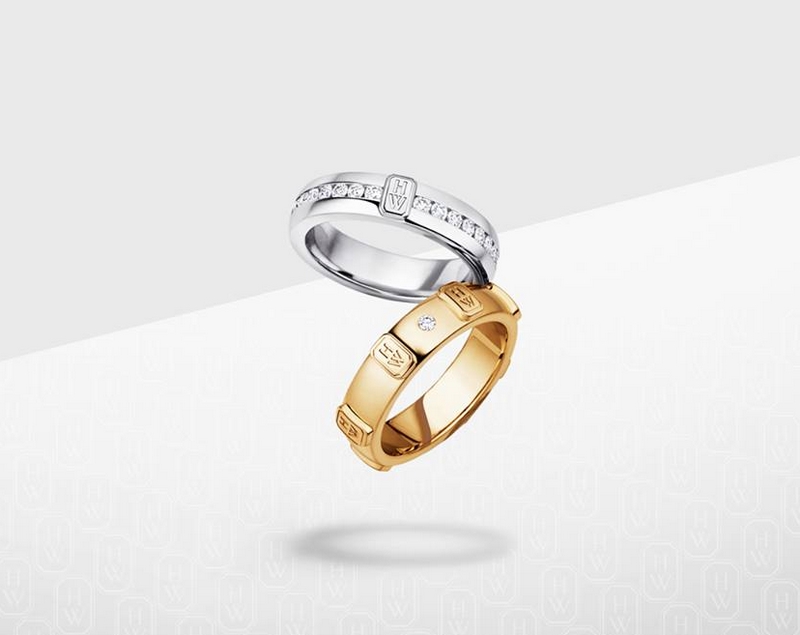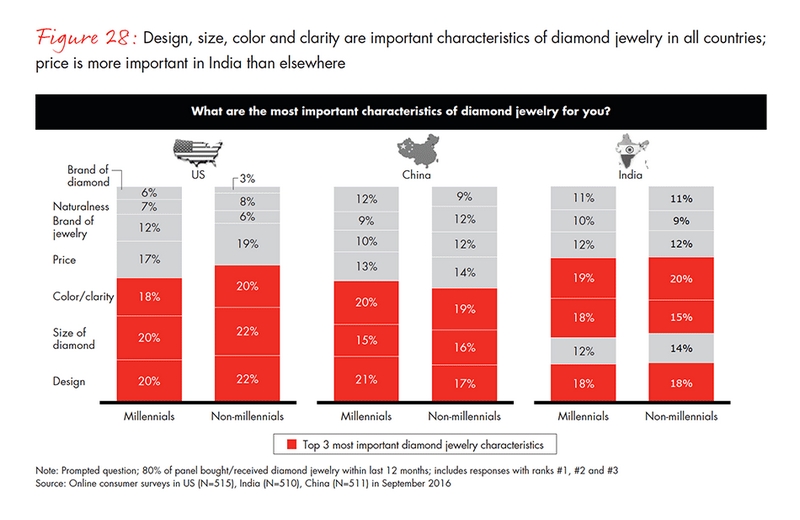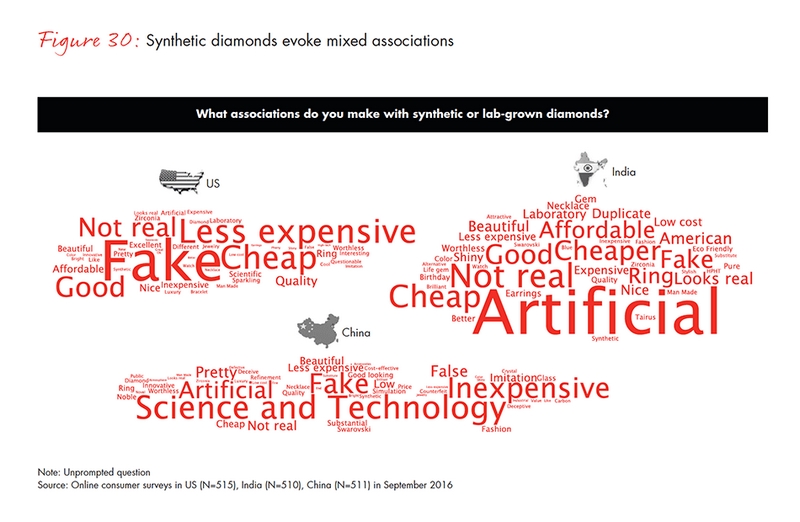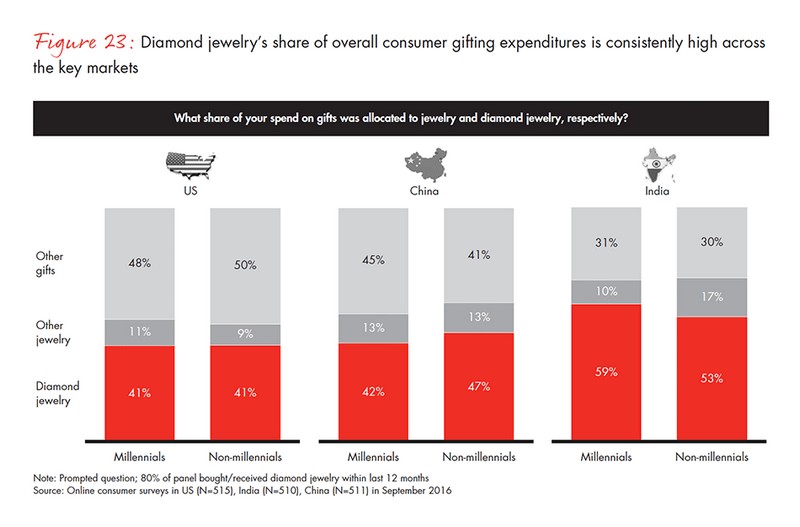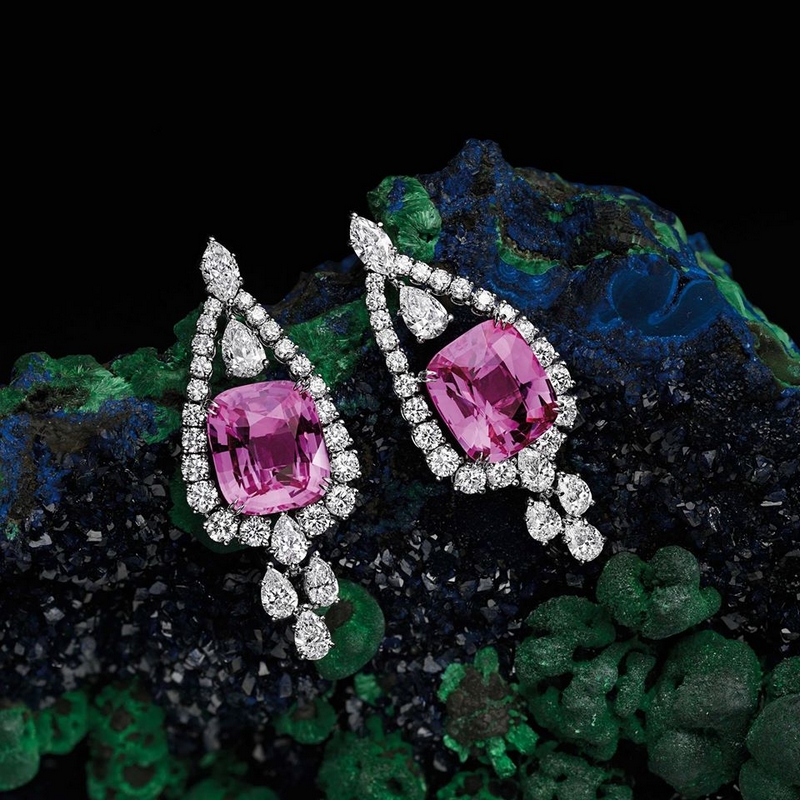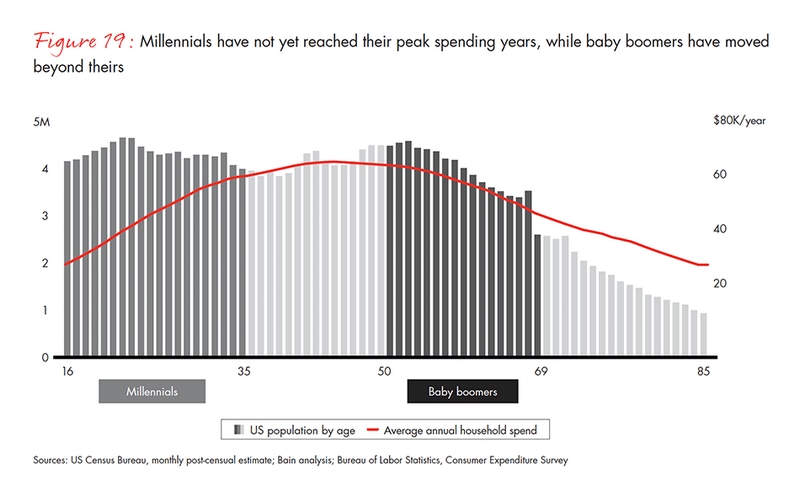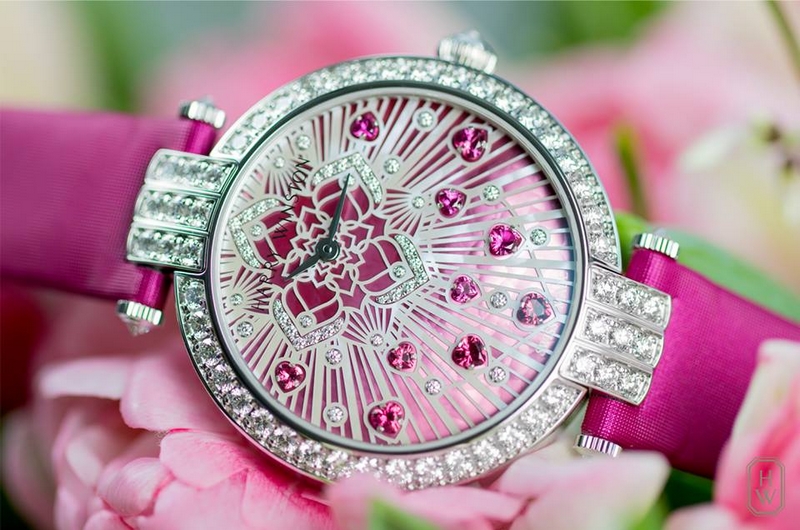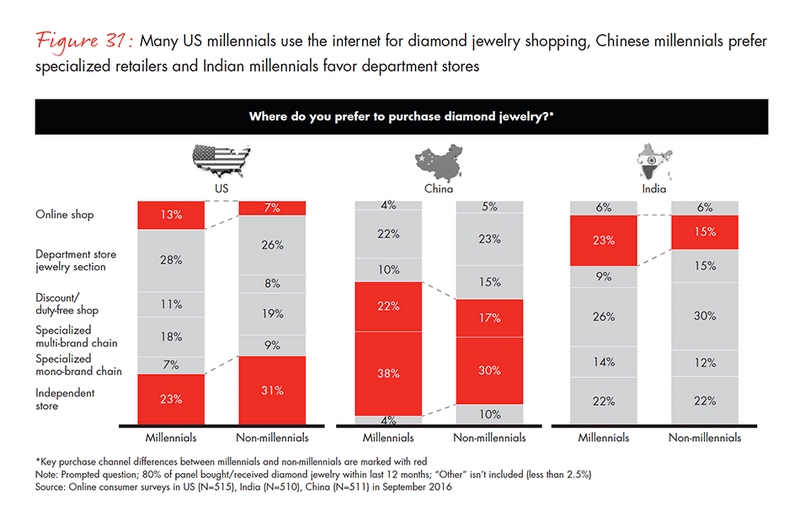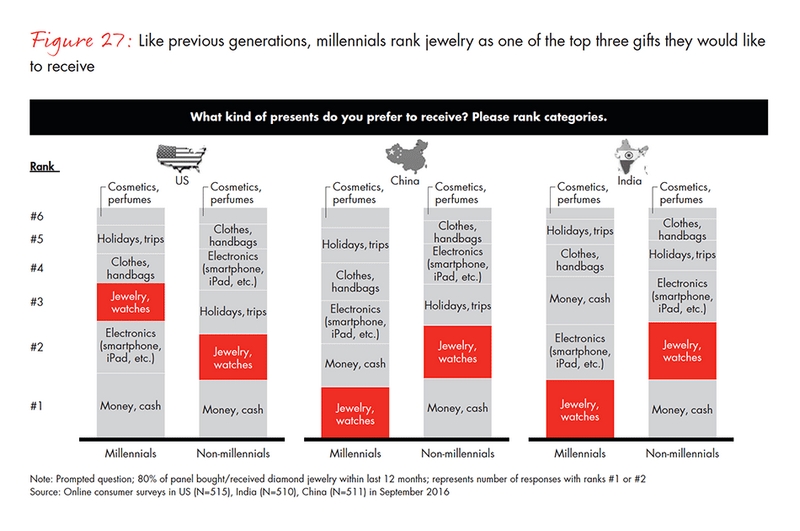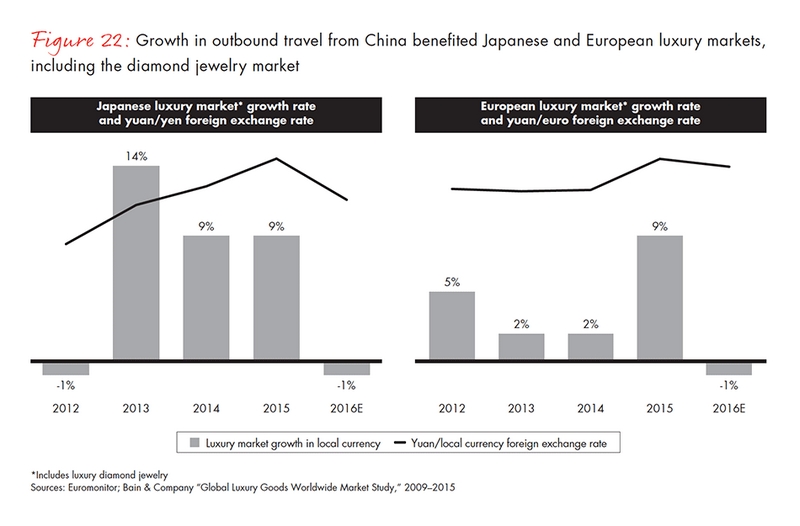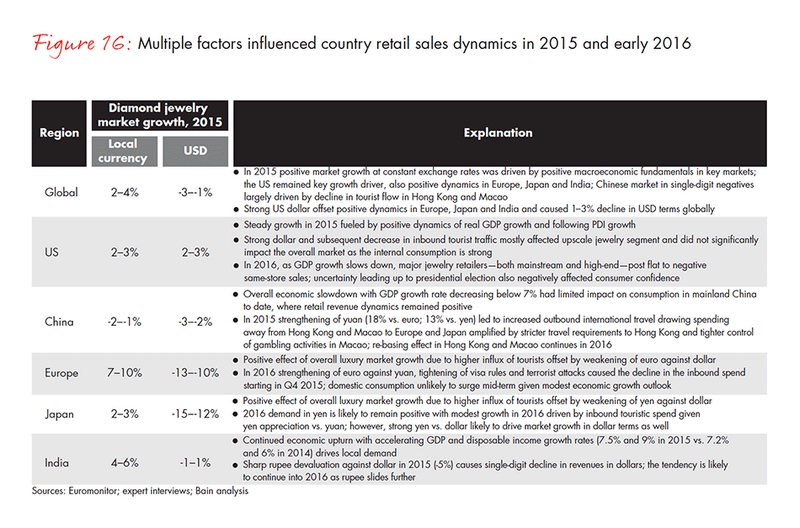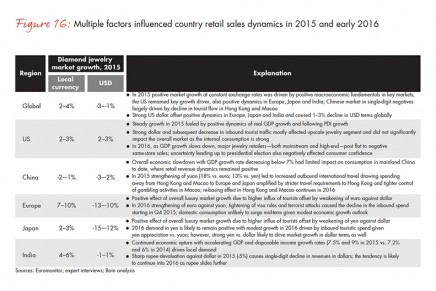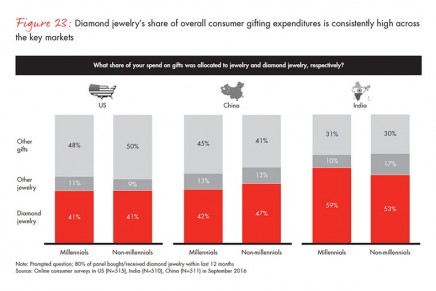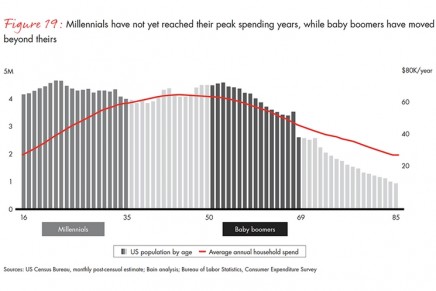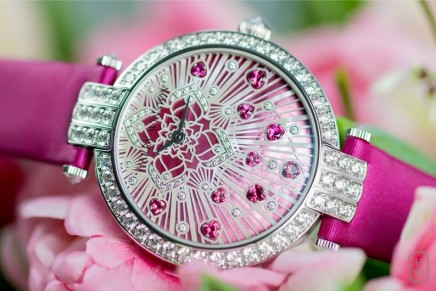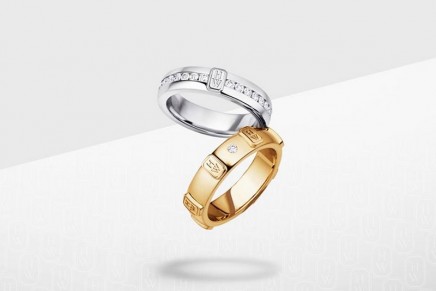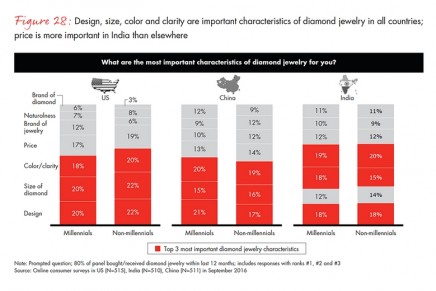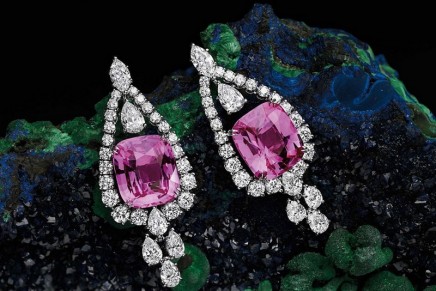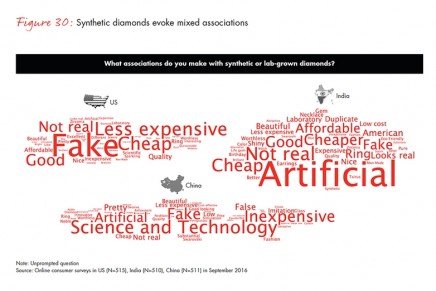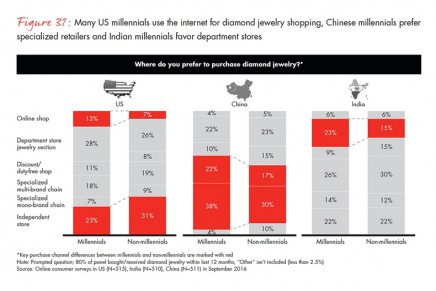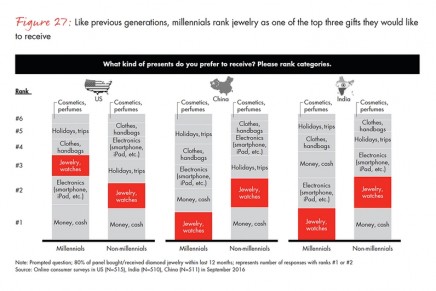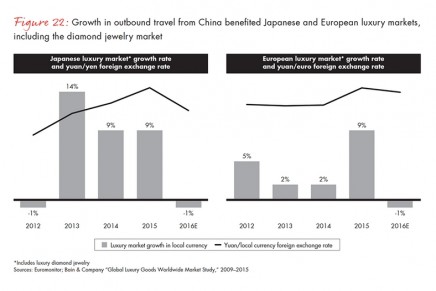Jewelry remains one of the top three preferences among all consumers when it comes to giving or receiving gifts, ranking third in the US and first in China and India. Millennials represent a significant opportunity for the diamond industry.
A new generation of consumers—the millennials—represents a compelling opportunity for the diamond industry, says the sixth annual report on the global diamond jewelry prepared by the Antwerp World Diamond Centre (AWDC) and Bain & Company.
The population of millennials in China, India and the US totaled roughly 900 million in 2015, and their combined gross income amounted to approximately $8 trillion. Millennials appear to resemble other age groups in their preferences for diamond jewelry but not in their shopping behaviors. “To fully capture millennials’ demand over the longer term, industry players need to invest in both category marketing and brand-building efforts and redefine the customer experience in the retail environment,” says Bain.
Millennials in China and India rank jewelry as their No. 1 gifting category; non-millennials ranked it second. US millennials place jewelry as their No. 3 choice, after money and electronics. Millennials tend to spend as much of their incomes on jewelry as other age groups. Millennials in the US are more active than millennials elsewhere in their use of the internet for jewelry purchases; in India, millennials tend to prefer department stores. In both India and the US, millennials are likely to seek family advice before buying. Chinese millennials, like other age cohorts in China, prefer to shop at specialized jewelry retailers and tend to make their purchase decisions in-store.
Millennials in China and the US who are considering synthetics as an alternative to diamonds cite synthetics’ lower prices as their key decision driver. Millennials in India cite their perception of a more favorable ratio of price to quality. In China and India, millennials cite the advanced technology that goes into synthetics production as their No. 2 decision driver. When asked about the feelings that synthetic diamonds evoke, millennials report several negative associations, such as “fake,” “not real” and “cheap,” as well as neutral ones such as “less expensive,” “technology” and “affordable.”
Following a period of growth from 2012 through 2014, diamond jewelry consumption has entered a moderation phase. In 2015, retail sales of diamond jewelry grew 3% at constant exchange rates but declined about 2% in US dollar terms. The US remained the sales growth engine of the global diamond jewelry market, as the same-store revenues of mainstream US jewelry retailers improved, reflecting strong middle-class consumption. Greater China is still rebalancing as slowing tourist flows to Hong Kong and Macao offset otherwise positive dynamics in mainland China. Europe and Japan in 2015 benefited from the shift of spending by Chinese consumers from Hong Kong and Macao. This shift was reflected in positive consumption growth in euro and yen terms. Strong macro-demographic trends powered positive consumption dynamics in India. The strong US dollar nonetheless pushed growth in those markets into negative territory in dollar terms.
The key challenges facing the diamond industry remain the same as in previous years.
The midstream sector still needs to secure access to financing and continue to improve its business model to sustain profitability amid potential price volatility. Over the longer term, consumption may continue to slow in China, and there is a risk of a cyclical recession in the US. Synthetic diamonds as an emerging competing category to diamonds remain a risk, but diamond industry participants are determined to reduce the threat from synthetics by marketing the emotional attributes of natural stones. The recently formed Diamond Producers Association (DPA) is reviving industry-wide generic marketing efforts.
The long-term outlook for the diamond market remains positive, say experts.
For the next three years, the supply of rough diamonds is expected to maintain a tight balance with demand. We expect demand for rough diamonds to recover from the recent downturn and return to a long-term growth trajectory of about 2% to 5% per year on average, relying on strong fundamentals in the US and the continued growth of the middle class in China and India. The supply of rough diamonds is expected to decline annually by 1% to 2% in value terms through 2030.

